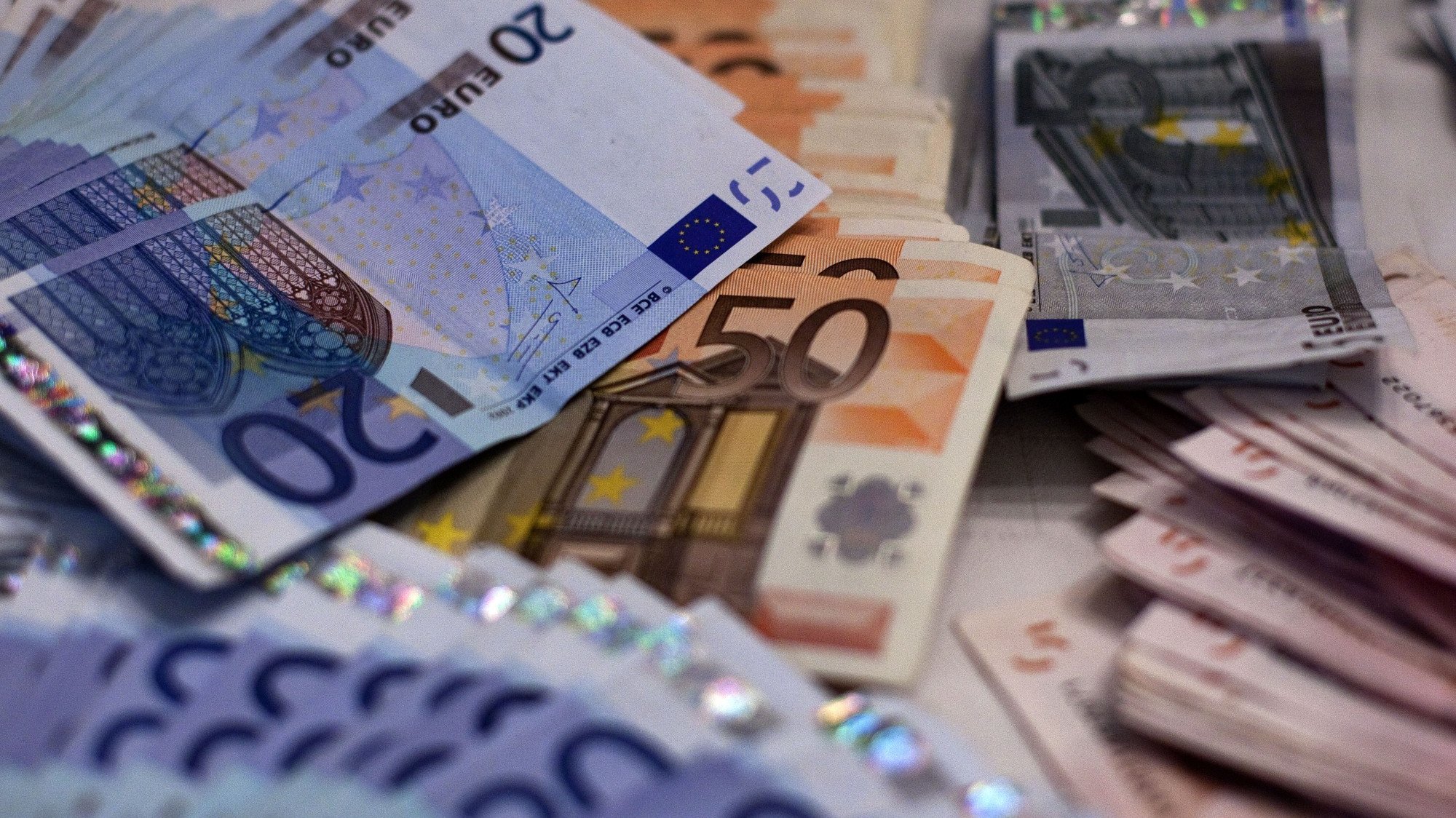The Bank of Portugal recovered 324,853 banknotes between 2002 and 2021having returned almost 12.6 million euros to citizens that they had destroyed or mutilated euro notes and escudos and that, without this service, they would lose their money.
Second data provided to Lusa by Banco de Portugal, nesses 20 years, most of the notes recovered were euro, more than 299,013 not worth 12.2 thousand euros, while the notes of valorized shield foram 25,840 had been paid 358 a thousand euros.
The year 2017 was the year in which, for the first time, the amount of one million euros returned to citizens by the central bank’s note valuation service was exceeded. That year, 35,636 euro notes worth almost 1.4 million euros and 2,433 shield notes worth 27 thousand euros were valued.
From the fires of 2017 alone, 4,022 banknotes arrived at the Bank of Portugal to be valued.
More than 4,000 banknotes destroyed in the Pedrógão Grande fires were saved by the Bank of Portugal
As of that year, requests for banknote valuation increased and, with the exception of 2020, more than one million euros were valued each year.
2018 was the year in which the highest amount was paid, more than 1.8 million euros with the revaluation of 32,167 euro banknotes and 5,696 escudos banknotes.
In 2019, 36,688 euro banknotes and 767 escudos were recovered and almost 1.3 million euros were paid. In 2020, 23,419 euro banknotes and 1,700 escudos were valued and 983 thousand euros were paid. Finally, in 2021, 39,557 euro notes and 1,339 escudos were recovered and 1.6 million euros were paid.
Since March 1 of this year, the last shield banknotes have expired, so they can no longer be valued.
Any citizen who has banknotes that have been destroyed or mutilated (damaged by humidity, burned, eaten by animals, among other causes) can send them to the Banco de Portugal for evaluation. For a euro banknote to be valuable, more than 50% of the surface must be able to be reconstructed in order to guarantee its authenticity by means of security elements (in the case of shield banknotes it was 75%).
If the ticket is valuable, it is destroyed and the corresponding amount is delivered to the citizens. On a €20 note, even if only half is visible, the value of €20 is credited to the account of the presenter or rightful owner.
If the banknotes are unrecognizable, they are lost, destroyed and the owner receives no compensation.
All cases of destroyed banknotes that arrive at the Banco de Portugal to be valued are reported to the Financial Information Unit of the Judicial Police (PJ) and to the Central Directorate of Investigation and Criminal Action (DCIAP), in order to prevent possible crimes . When handing in the banknotes, citizens must fill out a form with their data and the context of how the banknotes were destroyed. If the cash has been deliberately damaged, it is not eligible for replacement.
According to the coordinator of the cash operative area (where the cash valuation unit is located), José Luís Ferreira, there are cases in which the valuation does not recognize the entire value delivered, due to the condition of the banknotes, and pays just a part. .
There are other cases in which the Banco de Portugal pays out more than people thought they had, when they lost count of how much they had saved. In one of the cases reported to Lusa, a citizen handed over 200,000 euros in banknotes damaged by being buried and was paid more, because he had much more than 200,000 euros.
José Luís Ferreira says that the Banco de Portugal receives many banknotes to be valued by mail and that they have come from all over the world, especially escudos (when they could still be exchanged).
When the 2008 banking crisis hit and there were fears that banks would collapse and savings would be lost, many people withdrew money and kept it at home. A few years later, when these same people went to get the notes saved to use them, they realized that they were destroyed.
According to the head of the Bank of Portugal’s cash valuation unit, the increase in banknotes valued in 2011 and 2012 is due to this. If from 2008 to 2010 around eight thousand banknotes were valued per year; In 2011, 11,722 banknotes were valued at a value of 475.4 thousand euros and in 2012, 12,718 banknotes were valued at a value of 473.4 thousand euros.
Recently, on the island of São Jorge (Azores), the fear that a volcanic eruption would destroy homes (as happened in the Canary Islands, in Spain) led many people to get money saved at home to deposit it in the bank. Then, they realized the state of the banknotes and many went to the Bank of Portugal’s Carregado complex to be valued.
In addition to destroyed or mutilated banknotes handed in by citizens, the Banco de Portugal also values banknotes that have been stained, for example, by accidental shots in automatic banknote distribution boxes (commonly known as ATMs) or in coin bags. The suitcases used by cash-in-transit companies to transport bills have smart devices that neutralize the bills when some strange mobilization occurs, painting them with paint. If accidental shots are produced when handling these bags, the damaged banknotes are valued in this service.
This area of the Bank of Portugal also values coins, although they are much more resistant, and it is also necessary to attest to their authenticity and verify that the damage was not intentional. According to the Bank of Portugal, between 2012 and 2022 more than 391 thousand coins were valued and more than 101 thousand euros were paid.
Source: Observadora
